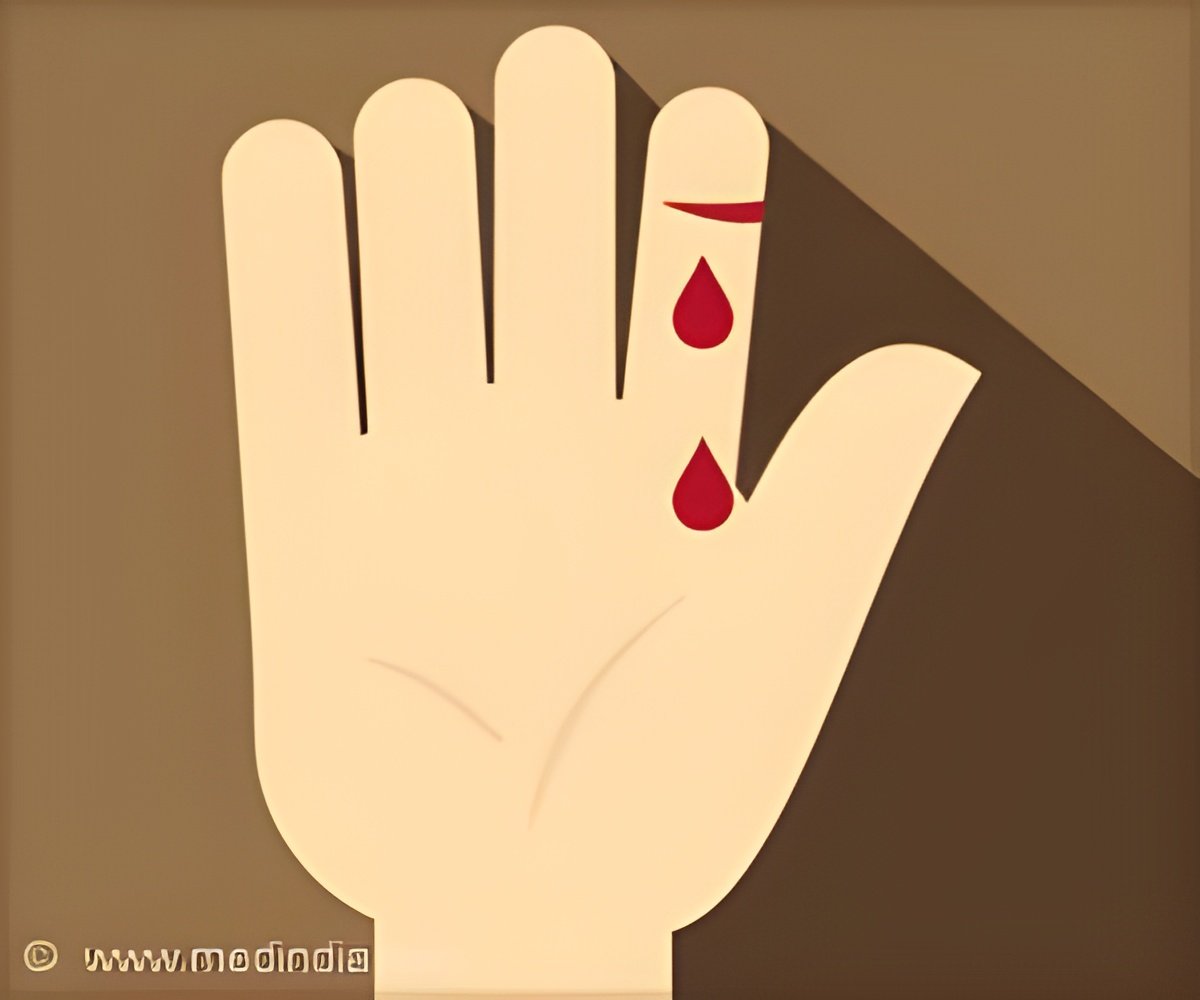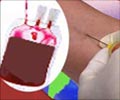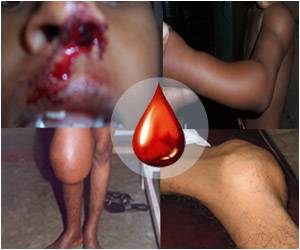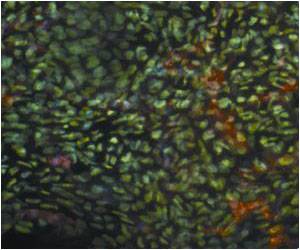
During the fractionation process, blood components needed by hemophilia-affected people is separated and then transfused to haemophilia patients.
Though many people are being treated with this method, in India there is no blood fractionation unit working as of now, said Makroo, adding that the required blood components are being imported into India, pushing up treatment costs.
According to Indira Venkatraman, who heads the Delhi chapter of the Haemophilia Federation of India (HFI), the government should make treatment and medicines for haemophilia-affected people completely free.
"It is a rare disease and only 16,000 patients are registered across the country. The government can easily make treatment free for them," Venkatraman told IANS.
Delhi has 1,100 haemophilia patients.
Advertisement
"The matter was also taken up at the cabinet meeting. But nothing has materialised out of it so far," she said.
Advertisement
Currently, about 17,000 people in the United States have haemophilia, which affects mostly boys - with about one in every 5,000-10,000 born with it.
Girls are more rarely affected. A male can't pass the gene for haemophilia to his sons, but his daughters will be carriers. Each male child of a female carrier has a 50 percent chance of getting haemophilia.
"Continued medical advancement means the situation is constantly evolving. In the 60s, life expectancy for haemophilia was 11 years. Though the condition is potentially life threatening in severe conditions when there is spontaneous internal bleeding, today life expectancy at birth is over 50-60 years," he said.
Source-IANS










